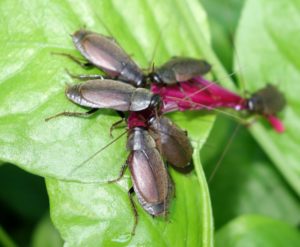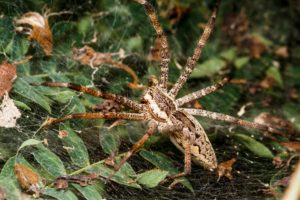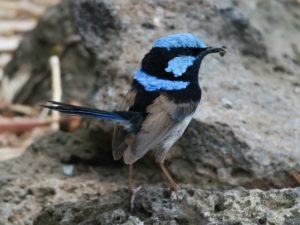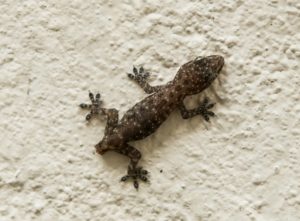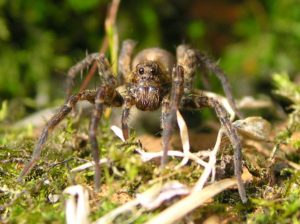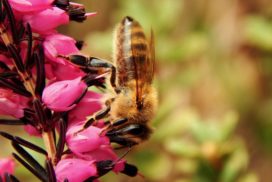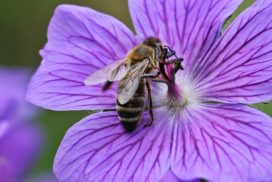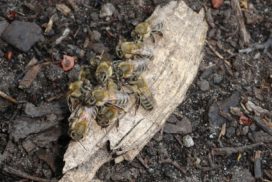WHY ARE SOME BEES REFUSED ENTRY INTO THE HIVE?
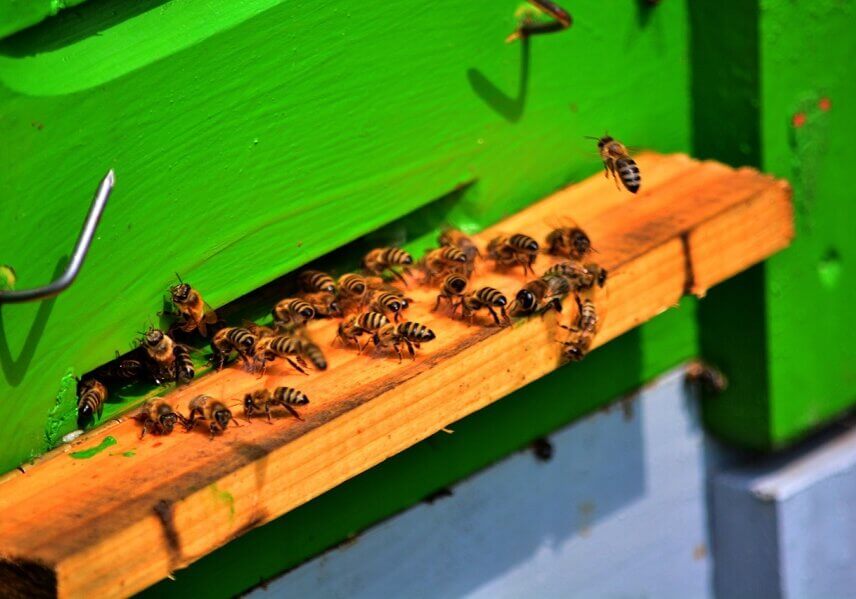
Beehive entrance
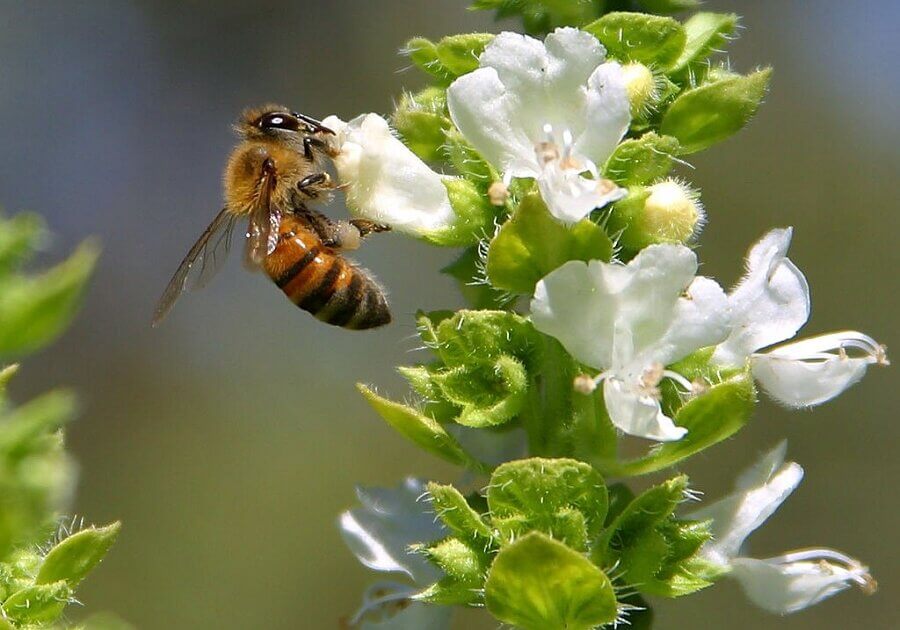
Bee collecting nectar
All nests have guard bees that check individual bees to ensure they are members of the colony before they are allowed entry into the hive. Moreover, bees communicate by performing a complicated dance. When field bees feed on fermented nectar, guard bees refuse them entry because they get drunk and fail to "speak" the right language. Fermented nectar may cause bees to crash into stationary objects, fall to the ground or lose direction.
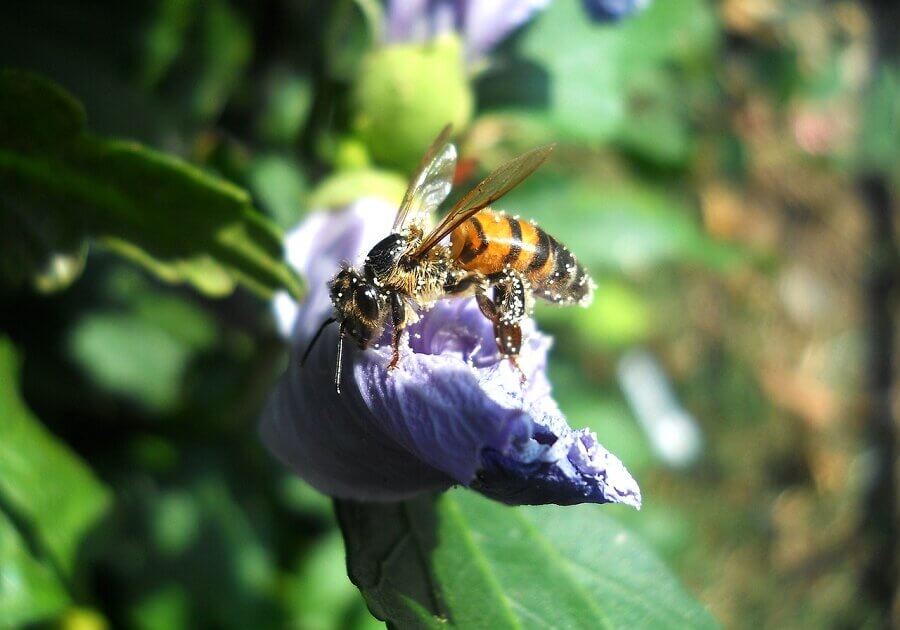
A bee full of pollen
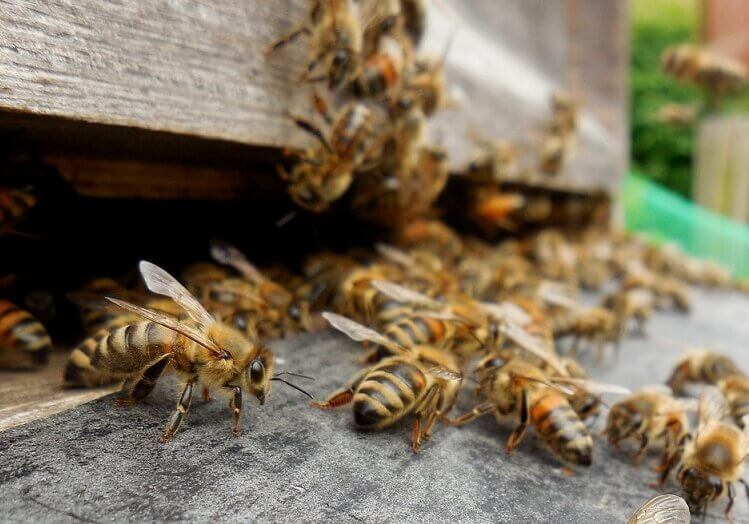
Bees guarding entry of beehive
Recent posts
Join us on social media or subscribe!
Sign up to receive our articles in your inbox!
Enter your name and email address below to subscribe.
